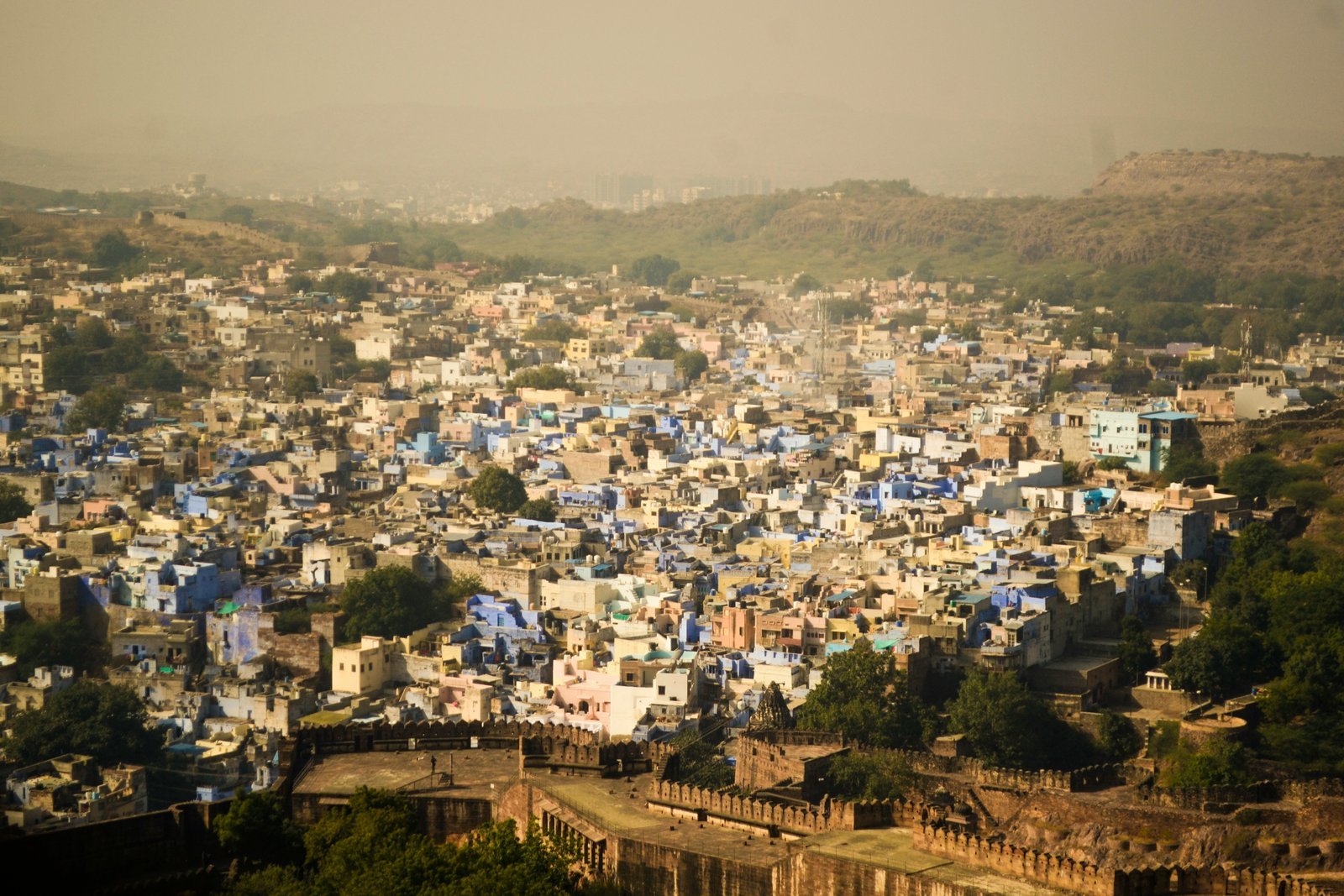
Introduction
The national anthem of India, known as “Jana Gana Mana,” holds a significant place in the hearts of millions of Indians. Composed by Rabindranath Tagore, this iconic song has become a symbol of unity, patriotism, and national pride. In this article, we will explore the lyrics, significance, historical context, and contemporary relevance of the Indian national anthem.
Lyrics
The complete original lyrics of the Indian national anthem, “Jana Gana Mana,” are as follows:
“Jana Gana Mana Adhinayaka Jaya He
Bharata Bhagya Vidhata
Punjaba Sindhu Gujarata Maratha
Dravida Utkala Banga
Vindhya Himachala Yamuna Ganga
Uchchala Jaladhi Taranga
Tava Shubha Name Jage
Tava Shubha Ashish Maage
Gahe Tava Jaya Gatha
Jana Gana Mangala Dayaka Jaya He
Bharata Bhagya Vidhata
Jaya He Jaya He Jaya He
Jaya Jaya Jaya Jaya He!”
Significance
The Indian national anthem holds immense significance as it represents the aspirations, struggles, and achievements of the Indian people. The lyrics evoke a sense of unity and pride, reminding every Indian of their shared heritage and the diversity that enriches the nation.
The anthem’s words, “Jana Gana Mana,” can be translated to mean “Thou art the ruler of the minds of all people.” This phrase reflects the idea that India’s strength lies in its unity and diversity, where people from various backgrounds come together under the common identity of being Indian.
Historical Context
The national anthem of India was first sung on December 27, 1911, at the Indian National Congress session in Calcutta. Composed by Rabindranath Tagore, it was originally written in Bengali and later translated into Hindi and English. Tagore’s deep love for his country and his desire to inspire patriotism led him to create this iconic composition.
The song gained popularity during the Indian independence movement and became a rallying cry for freedom fighters. It captured the spirit of the nation’s struggle against colonial rule and became a symbol of hope and resilience.
Contemporary Relevance
Even after more than a century since its creation, the Indian national anthem continues to hold immense relevance in contemporary India. It serves as a reminder of the values and principles on which the nation was built.
The anthem is sung on various occasions, including national festivals, school assemblies, and sporting events. It instills a sense of pride and unity among the citizens, fostering a feeling of belonging and patriotism.
Furthermore, the national anthem has been a source of inspiration for artists, poets, and musicians who have created renditions of the song in different styles and languages, showcasing the diverse cultural fabric of India.
It is worth noting that the Indian government has laid down guidelines for the proper rendition of the national anthem to ensure respect and dignity. Standing in attention, with proper decorum, is expected when the anthem is played or sung.
In conclusion, the Indian national anthem, “Jana Gana Mana,” is a powerful expression of the country’s unity, diversity, and pride. Its lyrics, significance, historical context, and contemporary relevance make it an integral part of the Indian national identity. As every Indian sings the anthem with reverence, it serves as a constant reminder of the nation’s rich heritage and the collective spirit of its people.

One thought on “Revealing The Impact Of India’s National Anthem”